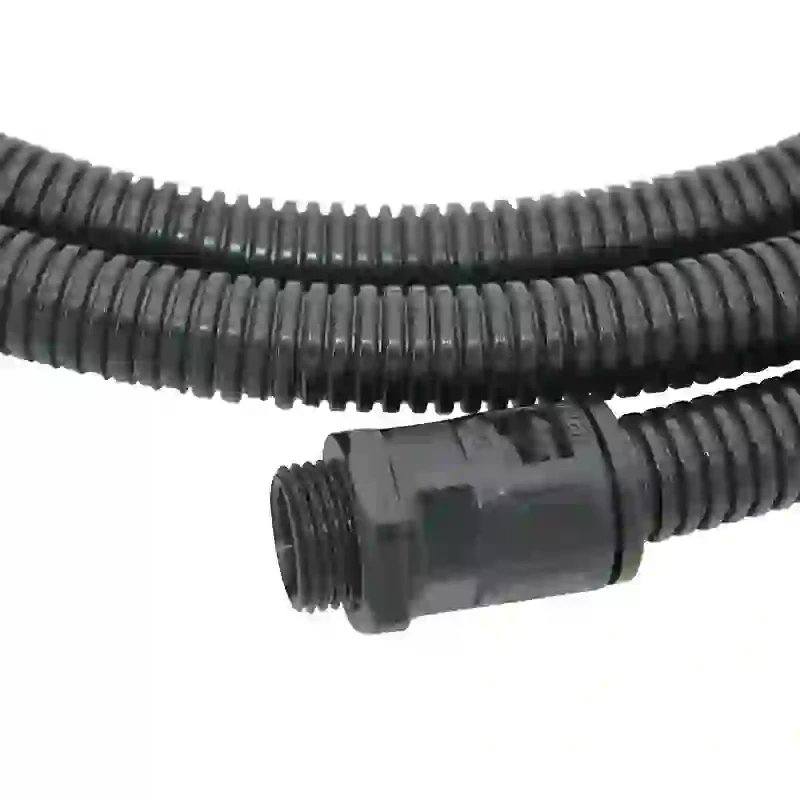Efficient Solutions for Handling and Transporting Metal Scrap with Swarf Conveyors
The Role of Swarf Conveyors in Modern Manufacturing
In today's fast-paced manufacturing environment, efficient material handling systems are essential for optimizing productivity and reducing operational costs. One such system that has gained significant attention is the swarf conveyor. Swarf, which refers to the metal shavings, chips, and debris produced during machining processes, poses unique challenges in manufacturing facilities. The effective management of this byproduct is crucial for maintaining a safe and organized workspace, and swarf conveyors play a vital role in this endeavor.
Understanding Swarf and Its Challenges
Swarf is a natural byproduct of various machining operations, including milling, turning, drilling, and grinding. While these materials are often small and seem insignificant, their management is critical for several reasons. First, swarf can create hazardous working conditions if left unaddressed, as it may lead to slips, trips, and falls. Additionally, accumulated swarf can hinder machine performance and accuracy, leading to production inefficiencies and increased downtime.
Furthermore, the machining process often results in swarf having different shapes, sizes, and materials, including metals like aluminum, steel, and copper. This variability poses a challenge in terms of transportation and recycling. Therefore, implementing an effective swarf management system is essential for any modern manufacturing operation.
The Functionality of Swarf Conveyors
Swarf conveyors are specifically designed to transport swarf from the machining area to the designated disposal or recycling locations. These conveyors are equipped with various features that enable them to handle different types of swarf, ensuring efficient movement and minimal disruption to production flows.
There are several types of swarf conveyors, including
1. Auger Conveyors These use a rotating helical screw to move swarf along a channel. Auger conveyors are ideal for dense, heavy swarf and can handle wet or dry materials effectively.
2. Slat Conveyors Comprising a series of slats attached to a chain, slat conveyors are beneficial for transporting swarf over long distances and can handle larger pieces or bulkier materials.
3. Magnetic Conveyors These systems utilize magnets to move ferrous swarf along a conveyor bed. Magnetic conveyors are particularly efficient for manufacturers dealing with metal swarf.
swarf conveyors

4. Wire Mesh Belt Conveyors Suitable for smaller chips and shavings, wire mesh belt conveyors allow for air circulation, making them ideal for transporting oily swarf.
No matter the type, swarf conveyors significantly reduce manual handling and are essential for implementing a streamlined workflow
.Benefits of Implementing Swarf Conveyors
The use of swarf conveyors offers numerous benefits to manufacturing facilities.
1. Improved Safety By reducing the amount of swarf left on the shop floor, conveyors help minimize the risk of accidents, providing a safer work environment for employees.
2. Enhanced Efficiency Automated swarf management allows for continuous production with minimal interruptions. This leads to increased uptime for machines and a more efficient manufacturing process overall.
3. Cost Savings Effective swarf management can result in substantial cost reductions. By automating the removal and disposal of swarf, manufacturers can lower labor costs and improve recycling opportunities, as clean swarf can often be sold back to metal recyclers.
4. Sustainability As the industrial world shifts towards more sustainable practices, efficient swarf recycling has become a priority. Properly maintained swarf conveyors enable the sorting and recycling of metal materials, promoting environmentally friendly practices within the industry.
5. Adaptability and Customization Swarf conveyors can be customized to fit specific manufacturing needs. They can be integrated into various production lines and adapted for the unique handling requirements of different types of swarf.
Conclusion
In conclusion, swarf conveyors have become an indispensable part of modern manufacturing processes. They provide a practical solution to the challenges posed by swarf, offering enhanced safety, improved efficiency, and significant cost-savings. As manufacturers continue to seek innovative ways to optimize their operations, investing in reliable swarf management systems like conveyors will undoubtedly play a pivotal role in shaping the future of the industry. Embracing these technologies not only streamlines production but also aligns with the sustainable practices that are becoming increasingly important in today’s economy.








